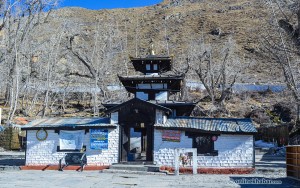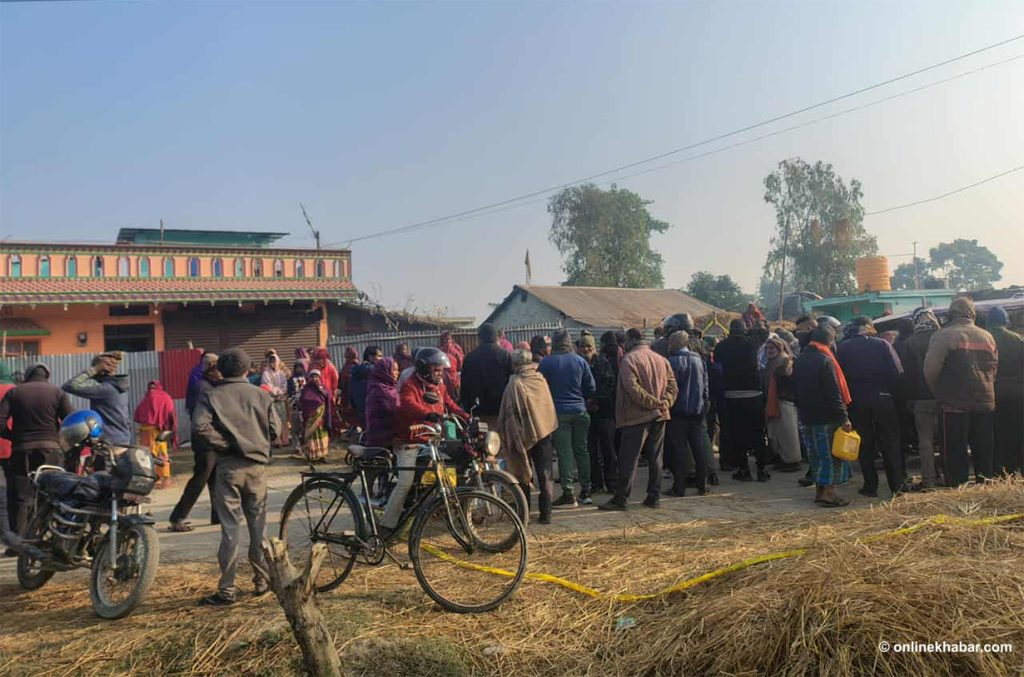
It would not be a hyperbole to say that the name ‘Alauddin Khilji’ was until recently limited to Indian history books. The 14th century Sultan, considered one of the most powerful rulers of Delhi’s Khalji dynasty, has captured the imagination of billions of people, hundreds of years after his death–thanks to Ranveer Singh, who portrays the Sultan in Bollywood Director Sanjay Leela Bhansali’s movie Padmaavat.
The story of Padmaavat has been told and retold many times and many spices may have been added to it since the 14th century. Khilji, the king of Delhi, sets his eyes on Queen Padmini of Chittor. He attacks the fortified kingdom, and kills Ratan Sen by deceit. In the movie, while all male members of the kingdom are killed in the fighting, the women perform ‘sati’ (a form of self-immolation).
The fictional rendition of the historical events may, at times, be far from reality. But historians believe that Khilji ascended the throne in 1296, around a hundred years after the Malla dynasty came to power in Nepal (Kathmandu) and passed away in 1316. So what was Khilji’s relations with Nepal Valley like?
This has been a question whose answer hasn’t been easy to find. But attempts to examine the ties between Khilji and Nepal started in 1929 when the much-revered Journal of Asiatic Society of Bengal published an image of a rare coin in its Numismatic Supplement. The image was studied by the Indian historian Manik Lal Gupta, who published a paper on it in the 1980 edition of the journal Proceedings of the Indian History Congress.
According to Gupta, the coin, which was minted somewhere in Nepal, bears the name of the most famous Khilji of 2018, Alauddin. On the obverse, the legend in Arabic reads ‘Sikandar us sani Nasirul Amirul Mauminin Yaminul Khalifat’; On the reverse, the Arabic legend reads, ‘Al Azam Assultan Abul Muzaffar Muhammad Shah Alaud Dunya va Din’. Similarly, a conch (sankha) is also in the margin and the words ‘Sri Sri’ are inscribed in Devnagri characters in the middle.
The coin, found in the collection of one Durga Prasad, is undated and does not bear the name of the mint. Gupta says that he has every reason to believe it was minted in Nepal as the title ‘Sri Sri’ and the conch are exactly in the same place on the coins of Prithvi Narayan Shah and Girvan Yuddha Bikram Shah. The winged lion and the ashtakon are peculiar to Nepali coins, he says.
Gupta, in his article, cautions that the discovery of a single coin cannot lead us to surmise that Alauddin sent an army to a far-off country like Nepal to compel its king to acknowledge his suzerainty and strike coins. He also argues that as there are no records of commercial relations between Delhi and the Nepal Valley during Khilji’s rule, the coin may not have been used for exchange purposes.
The Hamira Mahakavya , the 15th-century epic written by the scholar Nayachandra Suri, offers some insights into the exploits of Alauddin Khilji. Scholars have interpreted some of the lines from the epic to say that Alauddin used to exact tributes from the king of Nepal. Historians Mahesh Raj Panta and Dinesh Raj Panta in their work, King Mukunda Sen’s Invasion of Kathmandu Valley, say that the first half of the 14th century was characterised by repeated raids into the Valley by the Kings of western Nepal and of Tirhut, and during this troubled period “Nepal may have, at least nominally acknowledged the suzerainty of Alauddin Khalji, the Sultan of Delhi, perhaps as a diplomatic maneuver.”
Another noted historian Dilli Raman Regmi, in his book Ancient and Medieval Nepal, however, is critical of both conjectures. He says that the Hamir Mahakavya implies that Nepal was being protected from the rulers of Tirhut by Alauddin, but Tirhut fell outside the sphere of Khilji’s influence. Similarly, the ‘Sri Sri’ on the coin referred to by Gupta could be the name of a ruler in Palpa, which was near Oudh and this must have had some role to play in the minting of the coin in Alauddin’s name.
Meanwhile, historians such as Ambika Prasad Upadhyaya, who penned Nepalko Itihasa (History of Nepal), the first history of Nepal published in Nepali language, report that the Sen Kings of Palpa claimed to be descendants of Ratan Singh (Shahid Kapoor plays his role in the movie). The Sen kings, who were defeated by the Gorkha king Prithvi Narayan Shah, claimed that they had fled from Chittor after Alauddin attacked the fort and settled in the mid-hills in Nepal. Some have even associated the Shah kings of Nepal with the Rajputs of Chittor. However, the claim is also not uncontested.
There are academics who believe that the Sen kings, as well as the Shah kings, have Magar, and not Rajput, lineage. Academic Dor Bahadur Bista used to say, the assertion that the king who unified Nepal must have been a kshatriya was made by ignorant Bahuns.
The relationship between the Nepal Valley and Alauddin Khilji shall remain shrouded in mystery until conclusive historical records are found. Maybe a sequel to Padmaavat to deal with the topic, Mr Bhansali?




















